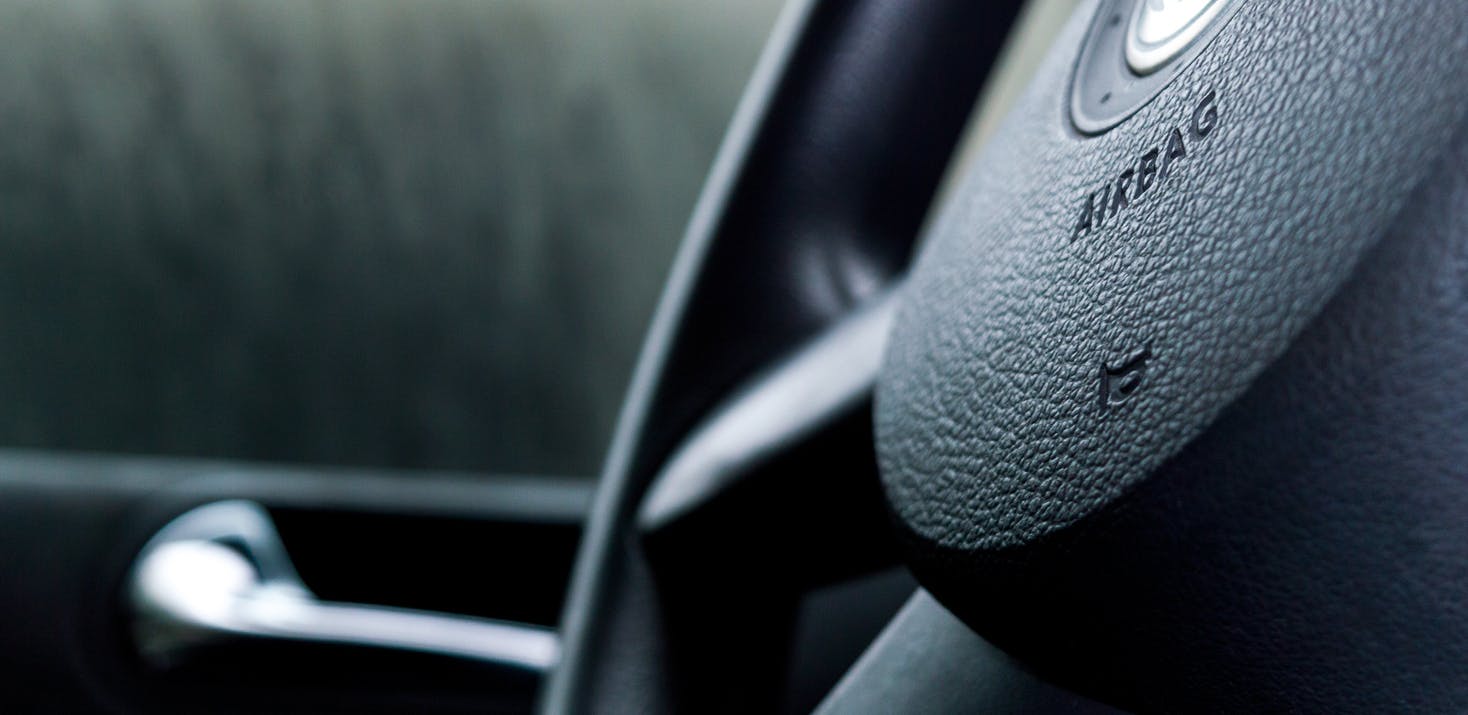ARC uses dangerous phase-stabilized ammonium nitrate (“PSAN”) to inflate its airbags
During a collision, airbags fire during impact to protect drivers and passengers from striking the inside of the car or other objects. The airbag cushion inflates gas to place a barrier between occupants and the vehicle or surrounding things.
Inflators, small metal canisters containing chemical propellant, cause airbags to fire on impact. The propellant is located within the toroidal canister, meaning ARC inflators resemble small, circular rings. On impact, the propellant heats the gas, which fills the airbag with air.
The lawsuit alleges that ARC airbags use a hazardous gas known as phase-stabilized ammonium nitrate, or PSAN, to inflate their airbags. PSAN is known to be highly volatile when used in vehicle airbags, but it remains widely used because it is a cost-effective alternative chemical propellant.
As pressure increases in the inflator, the volatility of PSAN causes it to burn faster, resulting in over-pressurization, which can cause the canister to explode. If the canister explodes, the metal from the canister shatters, and the shards can pierce through the airbag cushion and toward the driver and passengers.
ARC manufacturing practices can increase the likelihood of an explosion caused by “weld flash”
In addition to using PSAN, the welding method used to fuse the canister increases the chances of exploding.
The toroidal canister containing the PSAN is made up of two metal pieces welded together in a way that causes the softened metal to splash outside of the weld location, creating “weld flash.” Hardened metal pieces form outside the weld area so that when an airbag deploys, the pieces fall off of the canister and wholly or partially block the gas's exit to escape the canister. Blocking increases pressurization within the inflator and the likelihood of over-pressurization and an exploded canister.
Manufacturers can specify welding parameters to ensure weld flash is prevented during or removed after welding is complete. However, ARC did not take such measures when manufacturing its airbags.



